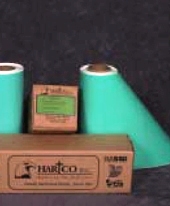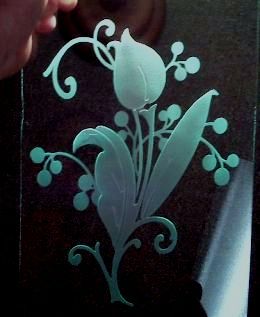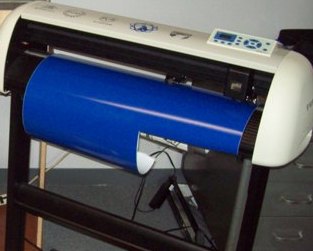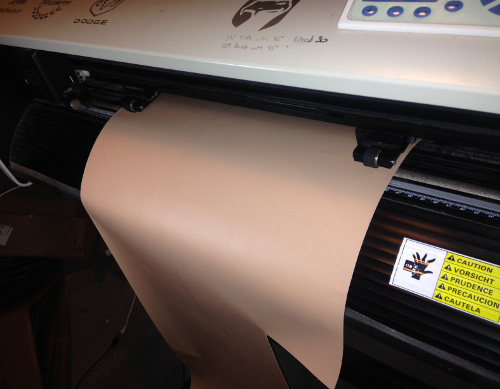
Read on for more information….
There are many different types available in the marketplace, with a few brands available and a variety of thicknesses to choose from. The thickness is measured in mils which is a unit of width measurement equal to “one-thousandth of an inch”. In other words, 1 mil is equal to 0.001 inch.
Resist Thicknesses
Sandmasks are usually thicker than most glass etching stencil sheets because they have to be more durable to hold up when high pressure sandblasting abrasive hits the surface. The typical thicknesses in the marketplace are:
- 5 mils
- 10 mils
- 15 mils
- 20 mils
- 25 mils
- 30 mils
- 35 mils
Sandmask Costs
The material can be fairly expensive, and there are some ways to reduce this cost which I showed you a little in the Glass Etching Book. First off, I’ve never really needed a resist mask to be any thicker than 10 mils. So see if that is adequate for your application. You can test it on scrap glass. Second, for more cost saving, you can do one or both of these two things:
- Use a finer grit: What I found out is if you use a fine grit such as 180, you can sandcarving a little with a 3 mil stencil resist.
- Double Up a Thinner Sheets: Thinner resists are much cheaper and you can easily double up the layers before you cut them.
Share this on social media or email by clicking below!




